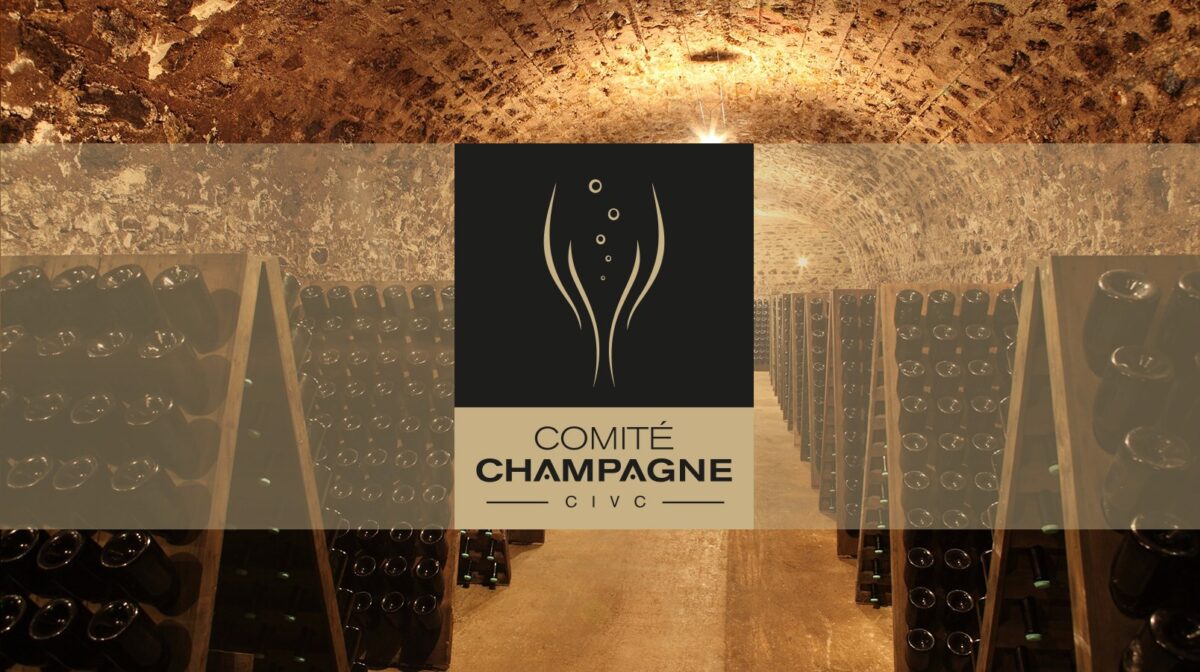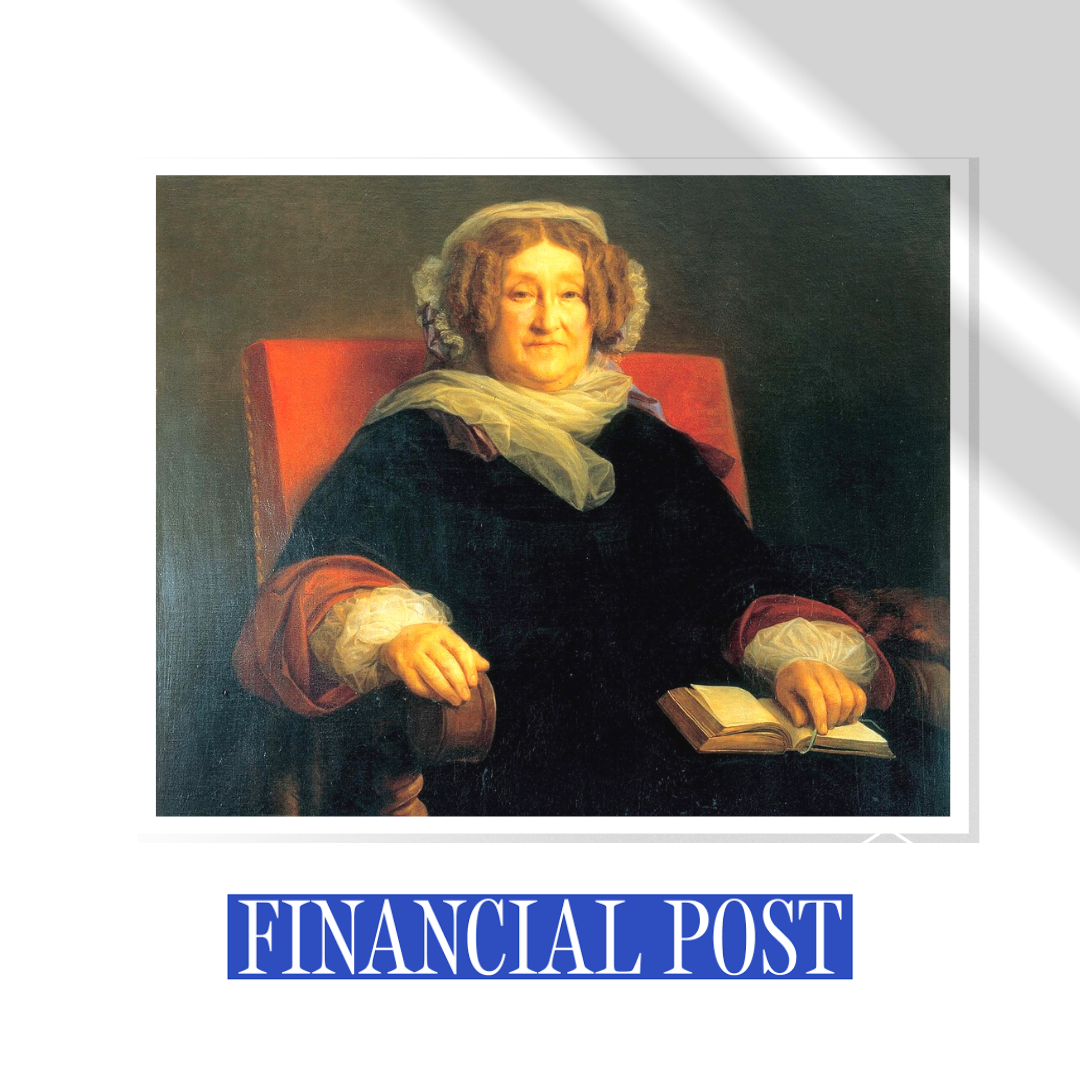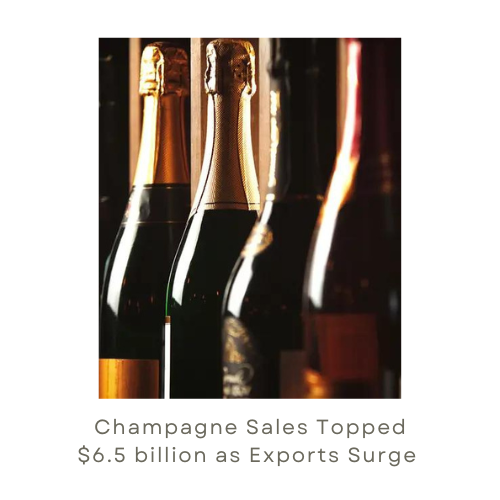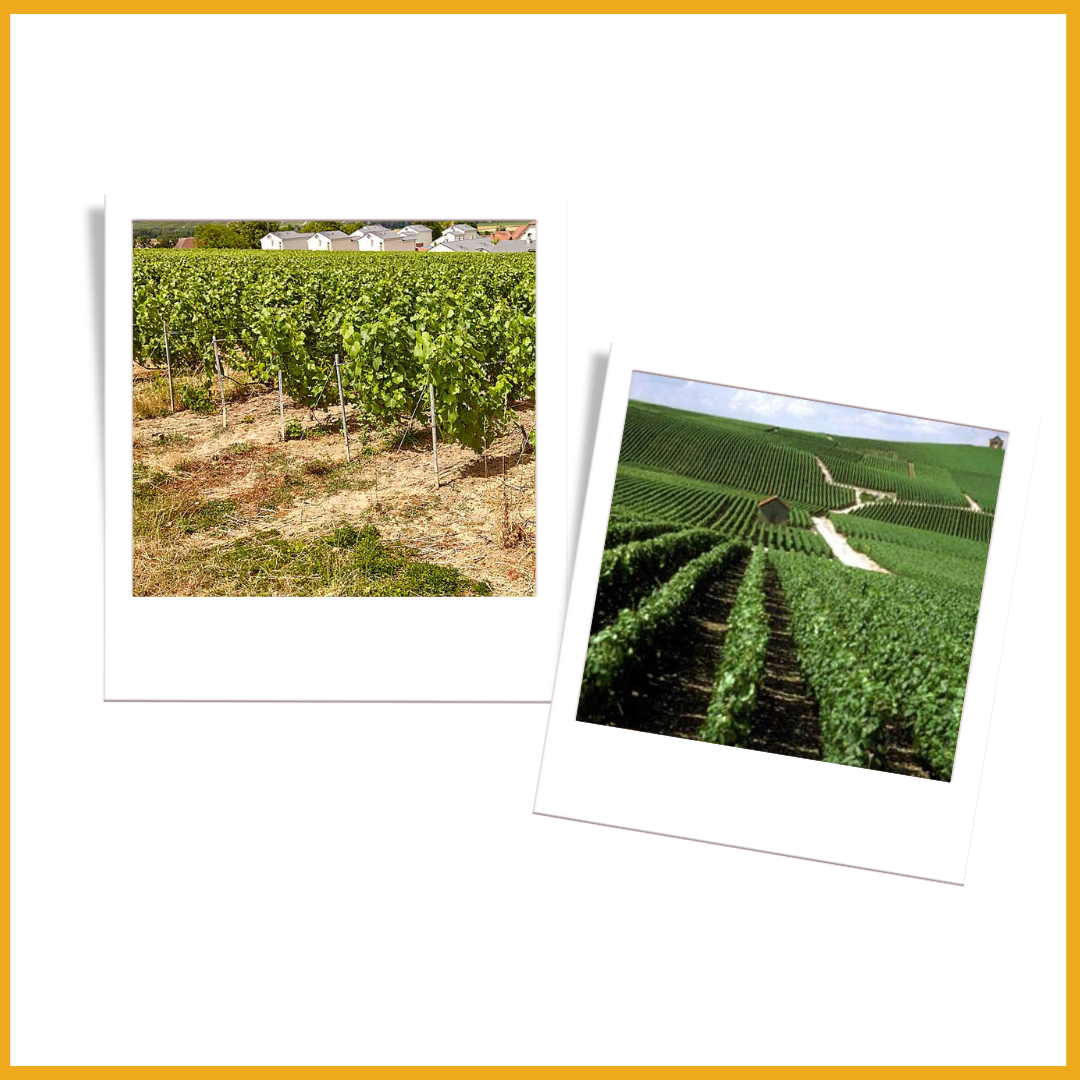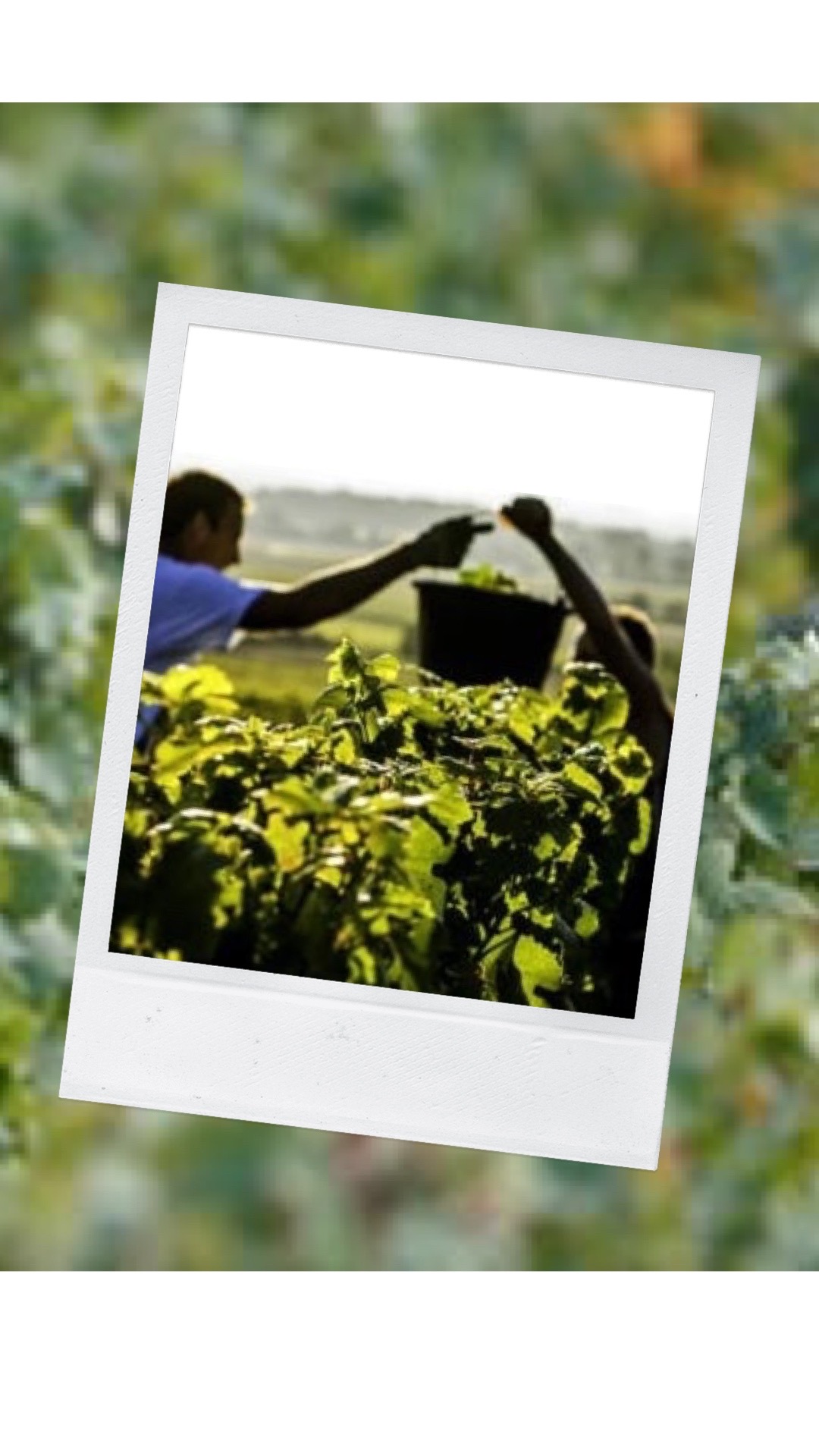The Comité Champagne today lifts the veil on the sector’s plan for the next decade, defining a global trajectory to face the challenges of the next 10 years. The main objective of this plan is that Champagne is always available, always desirable and always exemplary. In addition, the Comité Champagne will increase its annual budget by an additional €10 million ($10.72 million), which will be invested in areas including R&D, the sustainable development of the Champagne industry and strengthening its foundational missions.
Champagne Remains the Standard
The results for 2022 confirm the overall dynamism of the Champagne market, with 326 million bottles shipped globally in 2022 (up 1.6% from 2021). Champagne has quickly recovered from the shock of the 2020 health crisis and unquestionably retains the unique place that it holds in the hearts and minds of consumers.
An Interprofessional Committee that Meets the Challenges of Tomorrow
However, the vineyards are fragile; they suffer from unpredictable weather patterns and the development of diseases that cause the vines to wither, such as flavescence dorée, which has been referred to as the 21st-century phylloxera. Faced with these new challenges, and because the power of Champagne is based on the collective efforts of the industry as a whole, the Champagne winegrowers and houses once again take their destiny into their own hands.
A Revamped Research, Development and Innovation Center
To meet the challenges of production and quality, the Champagne sector will be equipped with a new center of research, development and innovation. This new site, which will be launched by 2025, will increase the surface area of the existing laboratory by 40%. It will also contain state-of-the-art equipment, including a new resized fermentation room/experimental cellar, a new tasting room twice as large as the existing room, and a new one-hectare experimental platform.
Preparing the Viticulture of Tomorrow While Preserving the Character of Wines in a Changing Climate
Grape varietal research is a strong tool for adapting to climate change and a response to societal expectations for the reduction of phytopharmaceutical products. In response, Champagne joined the INRAE varietal innovation program in 2010 and created its own regional program in 2014.
To sustain the availability and quality of its wines, Champagne is experimenting with new varietals, researching new techniques to combat the various forms of decline in the vineyard, defining new soil maintenance protocols, and implementing new oenological strategies to anticipate the effects of climate change while also meeting the requirements of the agroecological transition.
An Ambitious New Sustainable Development Plan Towards “Net-Zero Carbon” by 2050
Champagne has been at the forefront of sustainable development in the wine industry. In the 1980s, the Comité Champagne began work on wastewater treatment, biological control in the vines and vineyard zoning. The Champagne sector has fought against a changing climate and adapting to new conditions is a key priority. As such, the sector is particularly proud of its results to date: 100% treatment of wine effluents and more than 90% of industrial waste, a 20% reduction in the carbon footprint per bottle since 2003 and 63% of the vineyard areas receiving environmental certification (with a target of 100% certified by 2030).
That said, this plan must also reinforce the economic and social ambitions of Champagne. These ambitions go through improving the resilience of the sector, its workforce and the attractiveness of the region.
“It’s not just about responding to changing consumer demands, it’s about ensuring the productivity and sustainability of the Champagne vineyards, designing and promoting a viticulture in balance with the ecosystem and producing a sufficient quantity of quality grapes” said Maxime Toubart, President of the Syndicat Général des Vignerons and co-president of the Comité Champagne. “This is the goal of our industry plan and the course which we are setting for ourselves.”
The plan also aims to strengthen the training mission with the establishment of a large, coherent and impactful education ecosystem, with the goal of being recognized as the gateway and key player in Champagne training and education.
Today, Champagne has offices in 10 of its largest export markets, including the United States, which are responsible for promoting the appellation in their respective countries. This network of Champagne embassies will expand to make Champagne stronger globally.
“The investment we make embodies the social responsibility of our sector,” said David Chatillon, president of the Union des Maisons de Champagne and co-president of the Comité Champagne. “It is an absolute priority that Champagne remains an exceptional wine supported by a united, responsible and committed industry. It is a new goal at the service of new ambitions for our appellation and our terroir.”
#champagne #champagnelovers #wine #winelovers #comitechampagne #vin #champagnecellars#champagnemoments #winenews #winebusiness #wineeconomics #terrior #winemarkets

